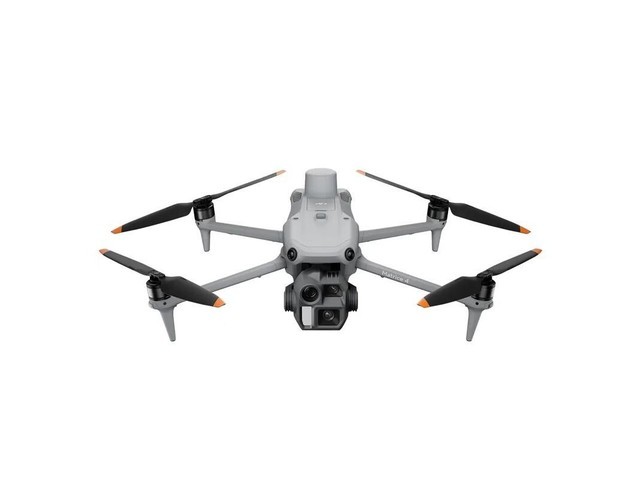Flying a drone is an exciting endeavor that has captured the imagination of many enthusiasts worldwide. Whether you’re a brand new pilot just starting your journey, or a seasoned veteran looking to refine your skills, mastering the art of flying a drone can be both rewarding and challenging.
Enhancing Skills with Drone Flight
Understanding the basic principles of drone flight is essential for anyone looking to soar the skies. From familiarizing yourself with the controls to understanding weather conditions, each element plays a pivotal role in ensuring a smooth flight. Before taking off, it’s crucial to check local regulations and ensure you’re compliant with any legal requirements, as these can vary significantly depending on your location.
and ensure you’re compliant with any legal requirements, as these can vary significantly depending on your location.
Preflight Checklist
- Charge your batteries and ensure they are securely connected.
- Inspect your drone for any visible damages or wear and tear.
- Calibration of your drone’s sensors and compass is vital for accurate flight dynamics.
- Ensure the firmware is updated for optimal performance.
The Fundamentals of Flight
Grasping the fundamentals is about mastering the controls of your drone. A basic understanding includes the throttle, pitch, roll, and yaw controls. Throttle manages your altitude; pitch and roll determine your movement forwards or sideways, and yaw allows for rotation. Practice in a controlled environment is advised before venturing into more unpredictable terrains.
Weather Conditions and Flight Safety
Weather undoubtedly impacts the performance and safety of drone flights. Wind can significantly alter the flight path and stability of a drone, making it essential to check conditions before taking off. Flying in rain should be avoided unless your drone is specifically designed for it. Clear visibility is crucial, not only for your safety but also for capturing high-quality video and photography.
“The wind is invisible, but its prowess is felt in the air’s dance.”
Advanced Flying Techniques
Once you’ve mastered the basics, refining your flying technique is the next step. Drone piloting encompasses various maneuvers, such as smooth panning for cinematic shots or executing sharp turns to avoid obstacles. Practicing these maneuvers will increase your dexterity and control over your drone, making for breathtaking shots and agile navigation.
FAQs on Drone Flying
- What is the best environment for beginners to practice flying a drone?
- Begin in open spaces with minimal obstructions, such as large parks or open fields where you can freely explore without the risk of losing your drone or encountering obstacles.
- Can weather conditions affect my drone?
- Absolutely. Windy conditions can make it difficult to control your drone, and rain can damage it unless it’s waterproof. Always check the weather forecast before flight.
- How do I avoid losing my drone?
- Setting up a reliable connection with return-to-home (RTH) functionality ensures your drone can safely navigate back to its point of origin should it lose signal or experience battery depletion.
To truly excel in flying a drone, continuous practice and a keen awareness of your drone’s capabilities are key. Dive into the world of drones and discover endless possibilities for capturing the beauty of the world from above, always keeping safety and precision at the forefront.